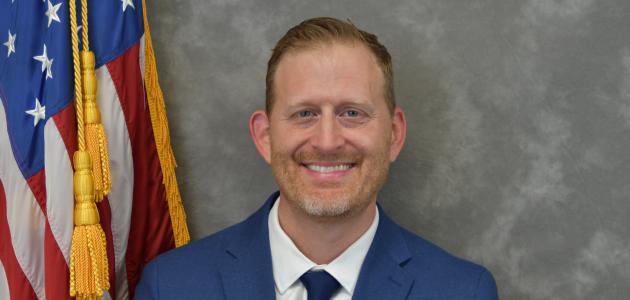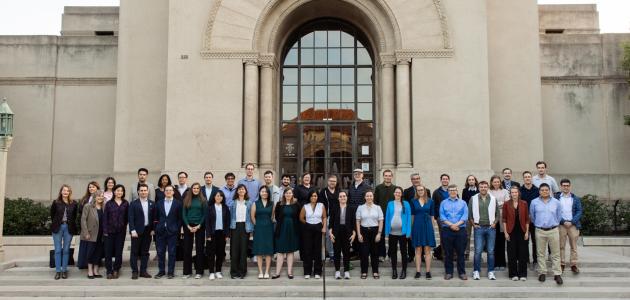My project, “Japanese in Louisiana,” focuses on the economic and cultural connections between Japan and Louisiana in the 20th century, most importantly in New Orleans. During these decades, the port of New Orleans became a central axis of America’s cotton trade with Japan, which helped fuel Japan’s industrial revolution. During the 1920s cotton exports exploded, reaching $100 million per year in volume by 1929. New Orleans likewise became a central exchange point for Japanese trade with Latin America. As a result of the trade, a Japanese consulate opened in 1922, and remained a hub of economic and political activity. During World War II economic relations were cut off, and the Japanese consulate and businesses shut down. However, trade revived during the postwar years, and by 1960 Japan became Louisiana's largest foreign trading partner. Throughout this period, commercial ties between Japan and Louisiana inspired cultural exchange, including literature (most famously the works of Lafcadio Hearn), pottery, crafts, architecture, music, and food. Many ethnic Japanese students came to study at Louisiana colleges. The New Orleans Japan Society, founded in 1928, sponsored lectures and Japanese language classes. In the postwar years ethnic Japanese again made visible contributions in music, medicine and education.
Economic and political factors shaped the experience of ethnic Japanese in Louisiana. Despite ambient prejudice, prewar ethnic Japanese settlers enjoyed privileged status. However, World War II upended the state’s Japanese population. The federal government brought ethnic Japanese from around the Americas to the immigration station at Algiers. 2000 ethnic Japanese were interned at Camp Livingston, near Alexandria. Meanwhile, Nisei GIs trained at Camp Claiborne during 1944. In 1944–45 the War Relocation Authority opened up a resettlement office in New Orleans and invited Japanese Americans confined in government camps to resettle in Louisiana, sparking short-lived protest by locals.
The most important part of the collections was the Hoji Shinbun database, which features masses of digitized English- and Japanese-language articles from the prewar and wartime Japanese American press on the West Coast and Hawaii.
The Hoover Institution’s collections proved very helpful with research for this project. The most important part of the collections was the Hoji Shinbun database, which features masses of digitized English- and Japanese-language articles from the prewar and wartime Japanese American press on the West Coast and Hawaii. Nikkei journals featured news about the cotton trade in Louisiana, plus dispatches from correspondents such as Joe Oyama, Tosuke Yamasaki, and Yasutaro Soga. The ethnic Japanese press also regularly reported on the activities of local residents. During my time at Hoover, I spent hours searching the database for articles on Louisiana and New Orleans.
I am especially grateful to Kay Ueda of the Hoover Institution for her assistance. She was not only quite encouraging, but very kindly took time to check out Japanese-language articles on New Orleans from the database and help translate them for me (I learned that there are multiple ways to write "New Orleans" in Japanese, so doing keyword searches can be a bit tricky). Though part of the material Kay uncovered was also available in English, she did make some precious finds—and of course, it is also valuable to know when there is nothing more to find.
I was delighted to find papers of a scholar, Yasuo Sakata. Sakata authored a few pieces on the 19th century Japanese silk trade with the US, which obviously is useful background for my work on the Japanese cotton trade.



















